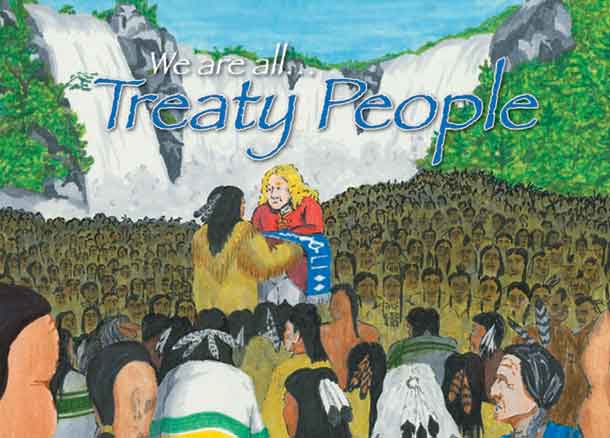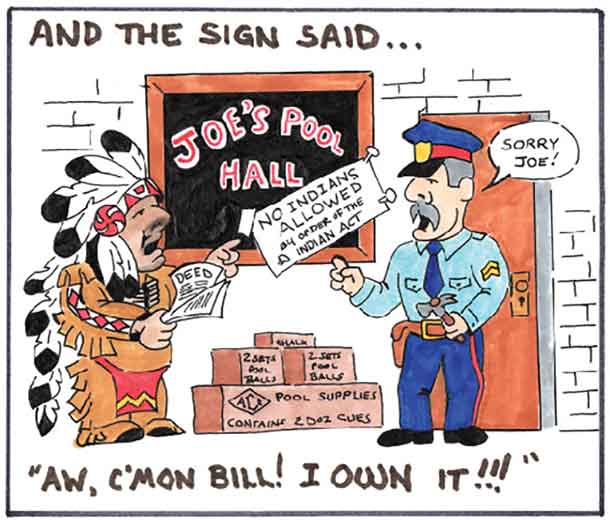
There have been many events throughout Canadian history that occurred on March 1st. Here are a few notable ones:
- In 1855, the Anishinaabe leader and prophet, Shingwauk (also known as Augustin Shingwauk), passed away on this date in Garden River First Nation. Shingwauk played an important role in the history of the Anishinaabe peoples and worked to promote education and peaceful relations between Indigenous peoples and settlers.
- In 1876, the Indian Act was passed by the Canadian government. This legislation was designed to assimilate Indigenous peoples into Canadian society and remove their cultural and political autonomy. The Indian Act remains in effect today and has been widely criticized for its harmful impacts on Indigenous peoples.
- In 1969, the White Paper was released by the Canadian government. This policy document proposed to abolish the Indian Act and remove the special legal status of Indigenous peoples. The White Paper was met with fierce opposition from Indigenous peoples and was ultimately abandoned.
- In 1996, the Royal Commission on Aboriginal Peoples released its final report. The Commission had been established in 1991 to examine the relationship between Indigenous peoples and the Canadian state and to make recommendations for improving this relationship. The report contained many important recommendations related to land rights, self-government, and reconciliation.
- In 1845, the Parliament of the Province of Canada passed the Municipal Corporations Act, which created a system of municipal government in the province. This act allowed for the creation of municipalities, which were responsible for local government and services.
- In 1858, the first Canadian telegraph line was completed between Toronto and Hamilton, Ontario. This line was part of a larger network that eventually connected cities across Canada.
- In 1873, the Royal Canadian Mounted Police (RCMP) was established. The RCMP is Canada’s national police force, and is responsible for enforcing federal laws and providing policing services in all provinces and territories.
- In 1932, the Canadian Radio Broadcasting Commission (CRBC) was established. The CRBC was the precursor to the Canadian Broadcasting Corporation (CBC), and was responsible for regulating radio broadcasting in Canada.
- In 1956, the National Film Board of Canada released the documentary film “The Stratford Adventure”, which chronicled the creation of the Stratford Festival, a famous Canadian theatre festival that still takes place today.
- In 1966, the Canadian government announced that it would be adopting a new national flag, known as the Maple Leaf Flag. The flag was officially inaugurated on February 15, 1965.
- In 2012, the Canadian government announced that it would be phasing out the penny from circulation. The final penny was minted on May 4, 2012, and the coin was officially removed from circulation on February 4, 2013.






